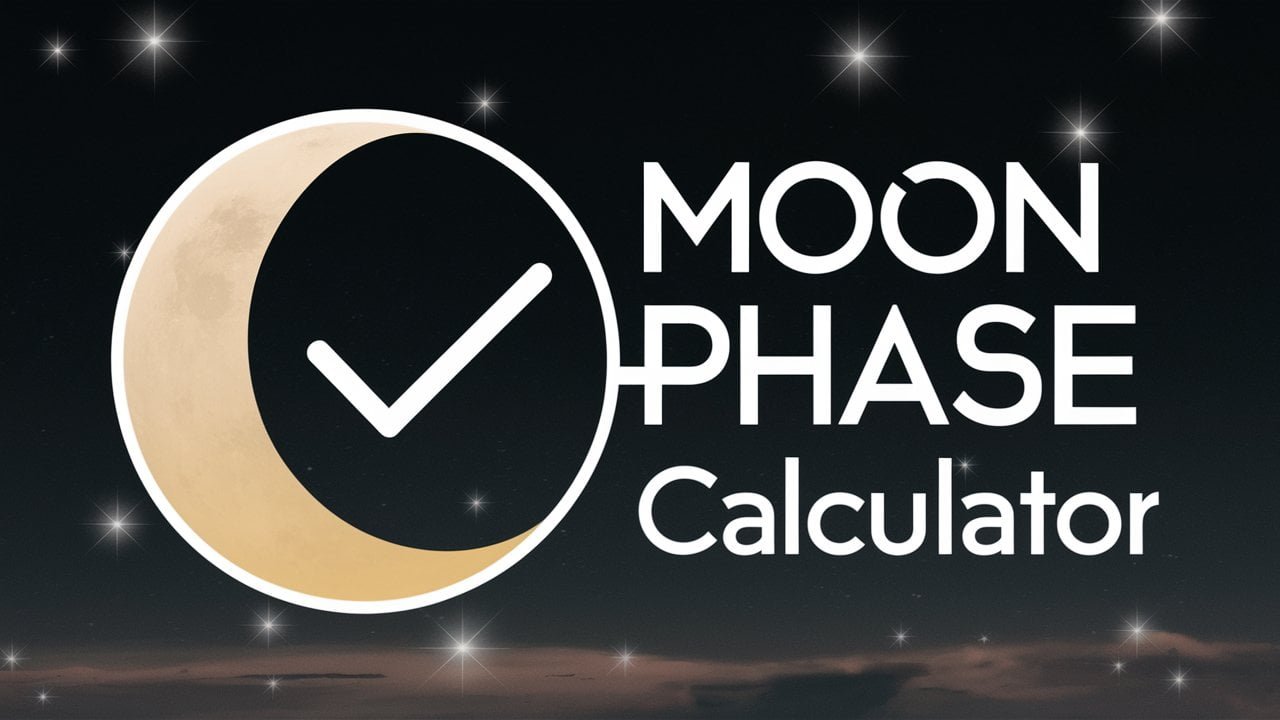Moon phase calculators are valuable tools for astronomers, astrologers, and enthusiasts looking to understand and track the lunar cycle. By inputting specific data, these calculators can provide detailed information on the moon’s appearance, including its phase, illumination percentage, and position in the sky. Whether you’re planning a stargazing session, curious about the moon phase on your birthday, or just want to know today’s lunar details, a moon phase calculator offers a convenient and accurate way to explore our celestial neighbor.
Key Takeaways
- Moon phase calculators provide real-time data on the lunar cycle, helping users track the moon’s waxing and waning phases.
- They can calculate future moon phases, such as new and full moons, aiding in the planning of astronomical events and observations.
- Daily moon appearance, illumination, and age information are readily available, offering insights into the moon’s current state.
- MoonCalc, a popular moon phase calculator, uses the moon’s trajectory and position algorithms to predict its phases accurately.
- While generally reliable, moon phase calculators may have limitations and should be cross-referenced with authoritative sources like Naval Observatory data for critical applications.
The Moon Phase Calculator
Moon Phase Calculator
Also, explore the hidden depths of your personality, relationships, and life’s true purpose with our FREE personalized Moon Reading.
Understanding Moon Phases
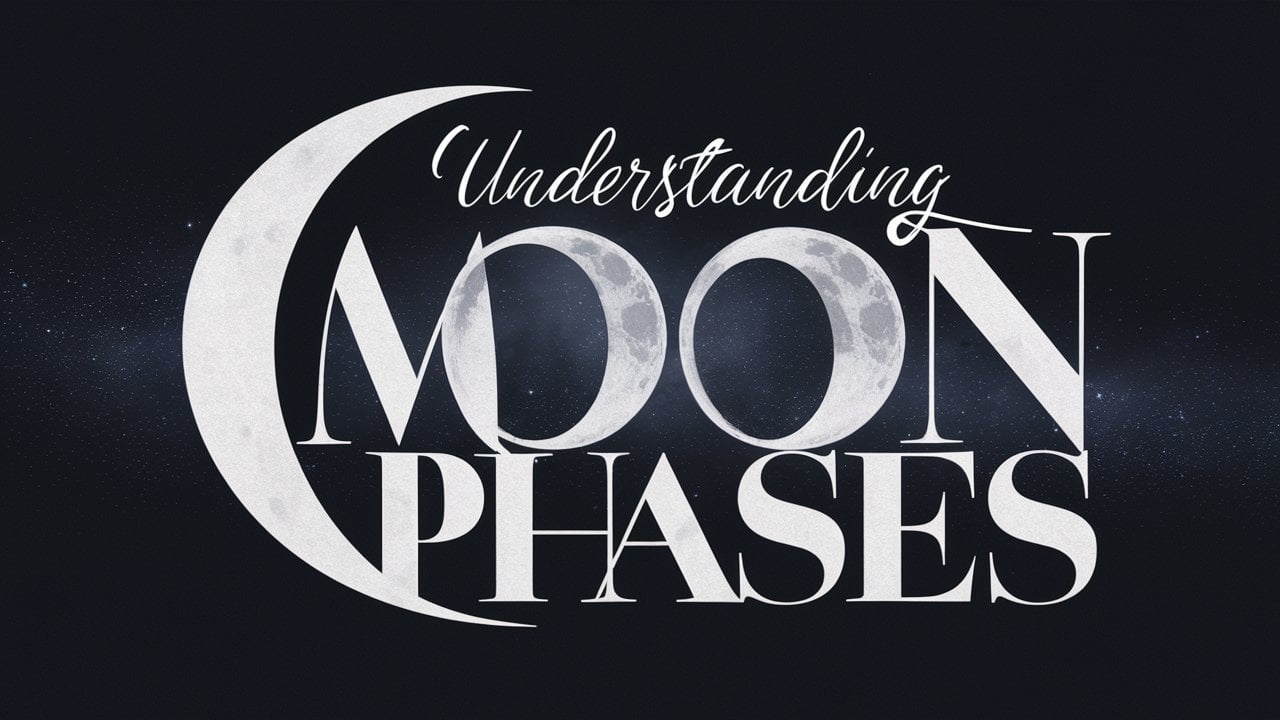
The Lunar Cycle
The lunar cycle spans approximately 29.5 days, during which the Moon orbits the Earth and goes through various phases. The cycle begins with the New Moon, when the Moon is positioned between the Earth and the Sun, making it invisible from Earth. As the cycle progresses, the Moon’s illuminated portion becomes more visible, leading to the Full Moon, and then decreases again until the next New Moon.
- New Moon
- Waxing Crescent
- First Quarter
- Waxing Gibbous
- Full Moon
- Waning Gibbous
- Last Quarter
- Waning Crescent
Waxing and Waning Explained
During the waxing phase, the visible illuminated part of the Moon increases, while during the waning phase, it decreases. Waxing phases occur after a New Moon and before a Full Moon; waning phases occur after a Full Moon and before the next New Moon. The transition from waxing to waning is a gradual process, with the Moon’s appearance changing slightly each night.
| Phase | Waxing | Waning |
|---|---|---|
| Crescent | Visible right side | Visible left side |
| Gibbous | More than half lit | More than half lit |
| Quarter | Right half lit | Left half lit |
Significance of Each Phase
Each phase of the Moon has its own significance and impact on various aspects of life, including agriculture, tides, and cultural rituals. The Full Moon is often associated with heightened emotions and activities, while the New Moon is commonly linked to new beginnings. The First and Last Quarters are considered transitional phases, reflecting balance and decision-making.
The Moon’s phases have guided human activities for millennia, from farming to navigation, and continue to fascinate us with their rhythmic beauty.
- Full Moon: Brightest phase, full illumination
- New Moon: Start of the cycle, no illumination
- First Quarter: Halfway point, decision-making
- Last Quarter: Reflection and release
“Find out if it’s a love connection with our Dating Calculator – calculate your dating destiny!”
How to Use a Moon Phase Calculator
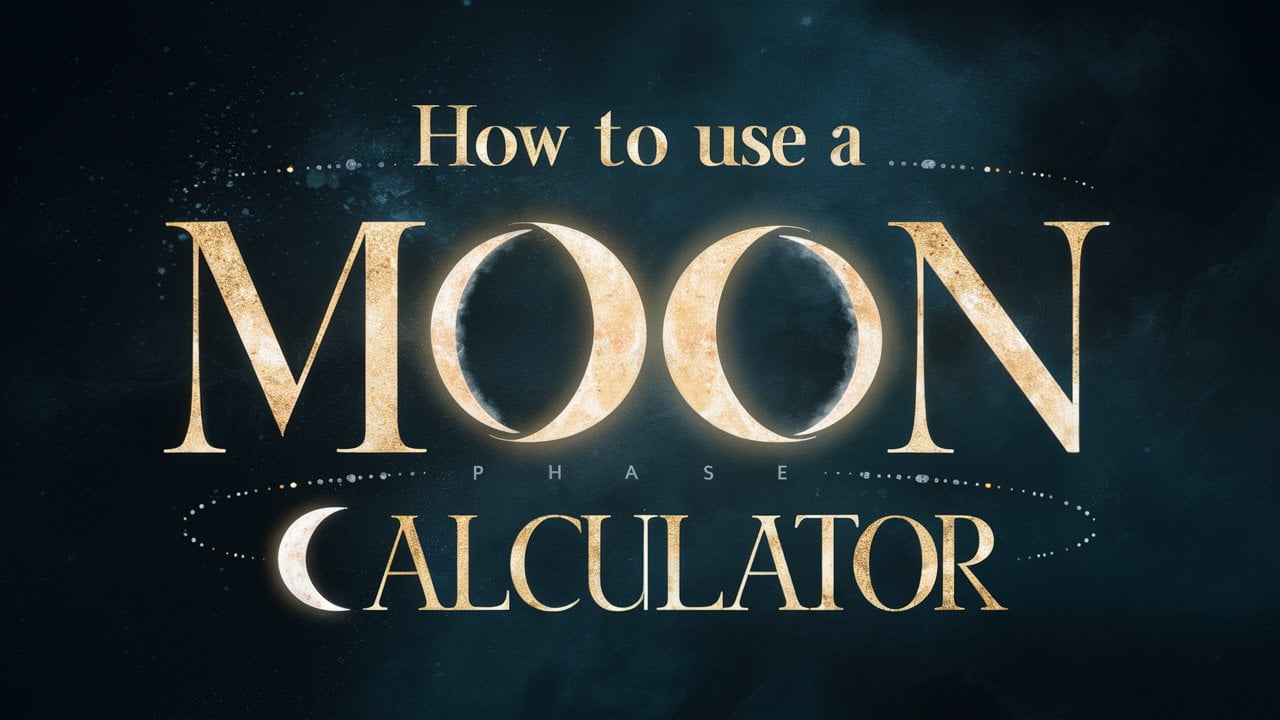
Inputting Data
To effectively use a moon phase calculator, you’ll need to input specific data accurately. Start by selecting your location, as the moon’s appearance can vary significantly depending on where you are on Earth. Next, choose the date for which you want to know the moon phase. Some calculators may also require time input for more precise results.
- Location: Choose from a list or input coordinates
- Date: Select month, day, and year
- Time (if applicable): Input hours and minutes
Interpreting Results
Once you’ve entered the necessary data, the calculator will display the moon phase. Understanding the results is crucial for planning activities or simply satisfying your curiosity. The results typically include the phase name, illumination percentage, and sometimes the moon’s age. Here’s a simple table to help you interpret common moon phases:
| Phase Name | Illumination | Description |
|---|---|---|
| New Moon | 0% | Moon is not visible |
| First Quarter | 50% | Half of the moon is lit |
| Full Moon | 100% | Moon is fully illuminated |
| Last Quarter | 50% | Other half of the moon is lit |
Adjusting for Time Zones
Time zones can affect the accuracy of moon phase calculations. Ensure you adjust for your local time zone to get the correct phase information. If you’re planning an observing session or an event based on the moon phase, this step is essential. Here’s a quick guide:
- Determine your local time zone.
- Check if daylight saving time applies.
- Adjust the calculator settings accordingly.
- Verify the results with a reliable source if needed.
Remember, the moon’s appearance can change within hours, so precise timing can be as important as the date itself.
“Evaluate your love life in a fun and interactive way! 🌟 Click here to take the Relationship Calculator quiz!”
New & Full Moons by Year

Planning Observing Sessions
To effectively plan your moon observing sessions, it’s essential to know when the New and Full Moons occur. Use the Moon Phase Calculator to find the exact dates for any given year. You can input a range from -4712 to +3500, with options to display times in Local, UTC, or TDT formats.
Yearly Moon Phase Patterns
Understanding the patterns of the Moon’s phases can enhance your appreciation of the lunar cycle. The Moon has four major phases: Full Moon, New Moon, First Quarter, and Last Quarter, and four minor ones: Waxing Crescent, Waxing Gibbous, Waning Gibbous, and Waning Crescent. Each phase offers a unique viewing experience.
Time Display Options
Selecting the correct time display option is crucial for accurate observation planning. Here’s a quick guide:
- Local: Aligns with your local time zone.
- UTC: Coordinated Universal Time, for international standardization.
- TDT: Terrestrial Time, used for precise astronomical calculations.
Ensure you choose the right time display to match your location and needs for the most accurate moon phase information.
For example, the New and Full Moons for April-May 2024 are as follows:
| Phase | April 2024 | May 2024 |
|---|---|---|
| Last Quarter | April 2 | May 1 |
| New Moon | April 8 | May 8 |
| First Quarter | April 15 | May 15 |
| Full Moon | April 23 | May 23 |
| Last Quarter | – | May 30 |
Today’s Moon Phase and Monthly Calendar
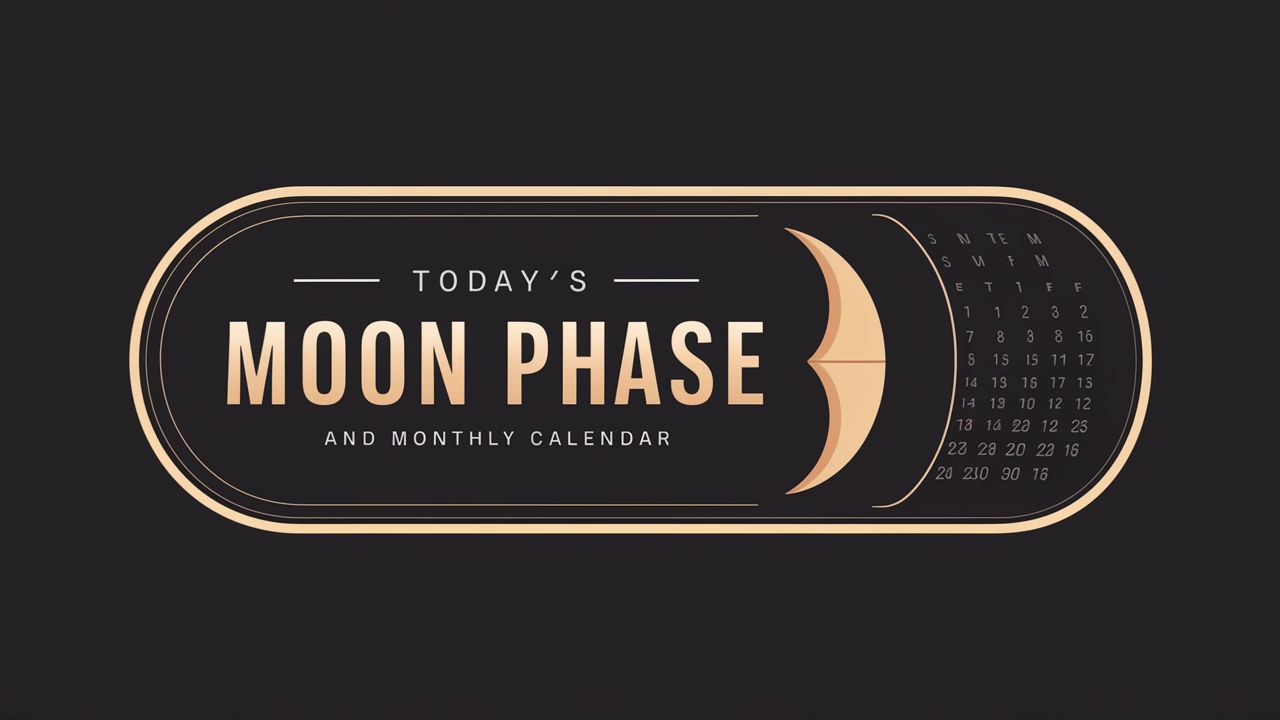
Daily Moon Appearance
Every day, the Moon presents itself in a unique way. Check today’s Moon phase with our Moon Phase Calculator to see the Moon’s current visage. The calculator provides a daily view of the Moon’s appearance, including its phase, illumination percentage, and age.
Understanding Illumination and Age
The Moon’s illumination and age are key to understanding its phase. Illumination refers to the percentage of the Moon’s surface that is lit by the sun, while age indicates the number of days since the last New Moon. Here’s a quick guide:
- New Moon: 0% illumination, 0 days old
- First Quarter: 50% illumination, approximately 7 days old
- Full Moon: 100% illumination, approximately 14 days old
- Last Quarter: 50% illumination, approximately 21 days old
Navigating the Moon Calendar
To navigate the Moon Calendar, select a month and year from the dropdown menu and press the “Go” button. The calendar displays the 8 Moon phases for each day. Clicking on a day reveals detailed information such as the Moon’s sign, diameter, and exact percentage of illumination. Here’s an example of how the calendar is structured:
| Mon | Tues | Wed | Thur | Fri | Sat | Sun |
|---|---|---|---|---|---|---|
| 0% (New) | 5% | 10% | 15% | 20% (First Quarter) | 25% | 30% |
Use the Moon Phase Calculator to plan your nightly observations or simply to satisfy your curiosity about the Moon’s current phase.
The Science Behind MoonCalc
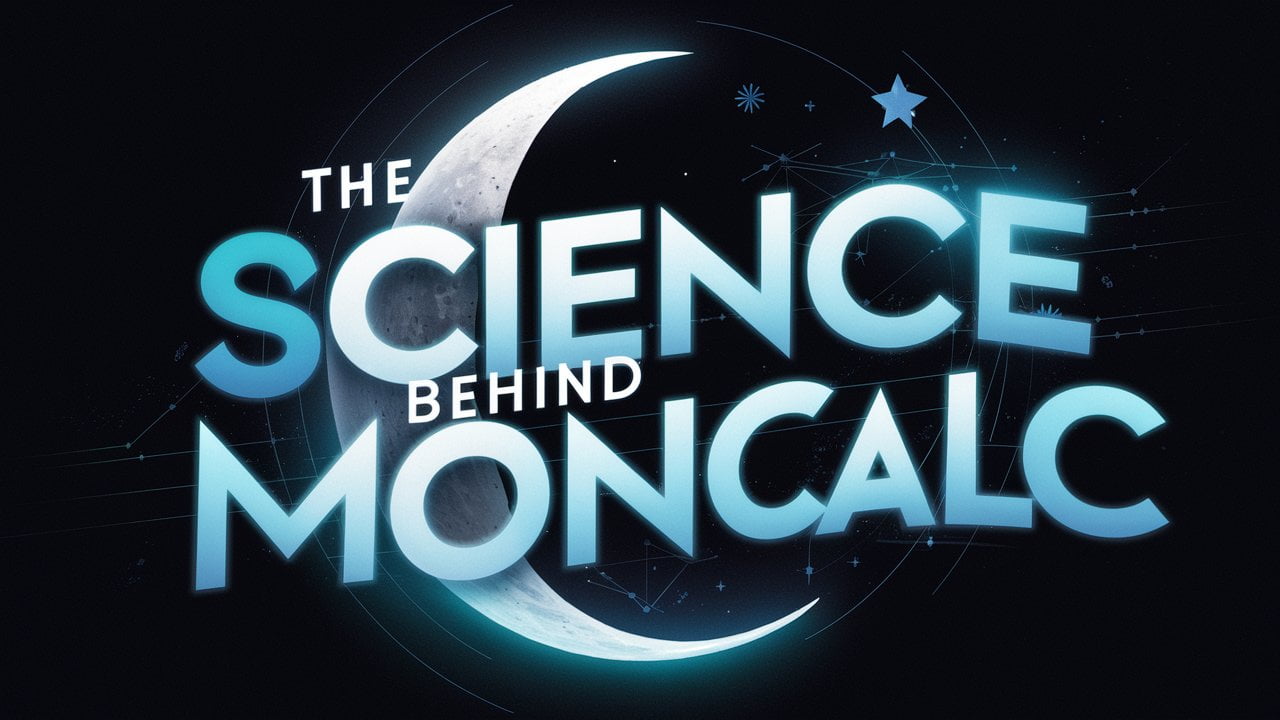
MoonCalc is a sophisticated tool that provides detailed information about the moon’s position and phase at any given time for any location. The application is based on complex astronomical algorithms that take into account various factors affecting the moon’s appearance in the sky.
Moon’s Trajectory and Position
Understanding the moon’s trajectory and position is crucial for accurate predictions. MoonCalc uses a yellow-colored curve to represent the moon’s path across the sky, which varies depending on the observer’s location. The height of the moon above the horizon is indicated by how close the moon is to the middle of the curve.
- The moon’s trajectory is represented by a thin yellow curve.
- The position of the moon in the sky changes throughout the night.
- The moon’s altitude can be visualized by its proximity to the center of the curve.
Interpreting Moonlight Colors
The colors on the MoonCalc time slider provide a visual representation of moonlight during different times of the day. This feature helps users understand how the moon’s illumination changes from sunrise to sunset.
- The time slider uses colors to indicate moonlight intensity.
- Moonlight can vary in color and intensity throughout the day.
Using the Time Slider
The time slider is an interactive feature that allows users to view the moon’s position and phase at different times. By moving the slider, one can observe how the moon’s appearance changes over time.
- Move the moon on the time slider using the mouse or arrow keys.
- The slider reflects the moon’s phase and position for the selected time.
Caution: The algorithms used are not exact, and while they have been spot-checked against U.S. Naval Observatory data, discrepancies can occur. Users should be aware of potential errors and consult authoritative sources for critical applications.
Discover Your Birth Moon Phase
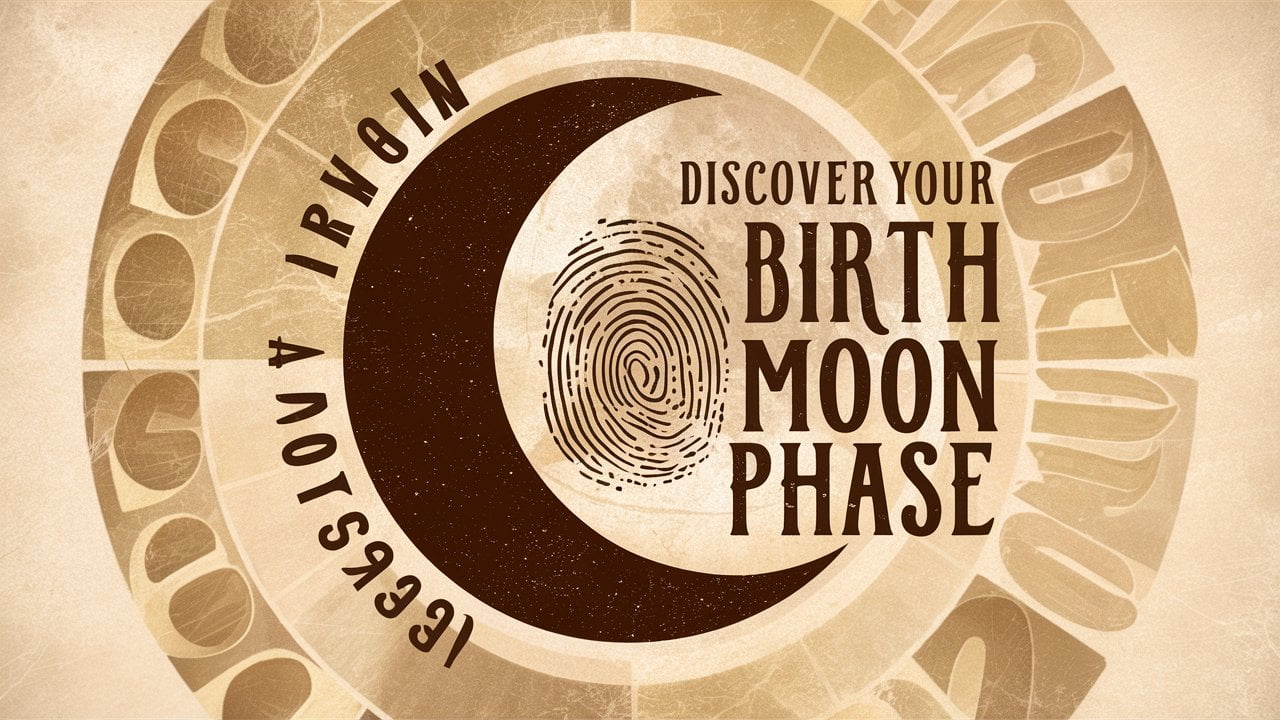
Personal Significance
Discovering the moon phase on the day you were born can be a profound experience, often revealing insights into your personality and potential. Your birth moon phase is considered your power day, reflecting your innate strengths and emotional tendencies. Many believe that understanding your birth moon phase can foster a deeper connection with the celestial rhythms and even influence your life choices.
How to Find Your Moon Phase
To find your birth moon phase, simply input your birth details into a moon phase calculator. Follow these steps:
- Visit a reputable moon phase calculator website.
- Enter your birth date, time, and location.
- Submit the information to receive your moon phase.
Astrological Considerations
Astrology enthusiasts often seek to understand the moon phase they were born under, as it is thought to shape one’s emotional and instinctual nature. The moon’s position in your horoscope can hint at what brings you a sense of security and how you interact with the world. For those interested in a deeper dive, exploring the moon phase in conjunction with your sun sign can offer even more personalized insights.
Embrace the knowledge of your birth moon phase to enhance your personal journey and awaken new understandings of your individual power.
Some believe that knowing your birth moon phase can even help you find your moon phase soulmate, a person whose birth moon phase aligns with yours in a harmonious way.
Technical Considerations and Accuracy
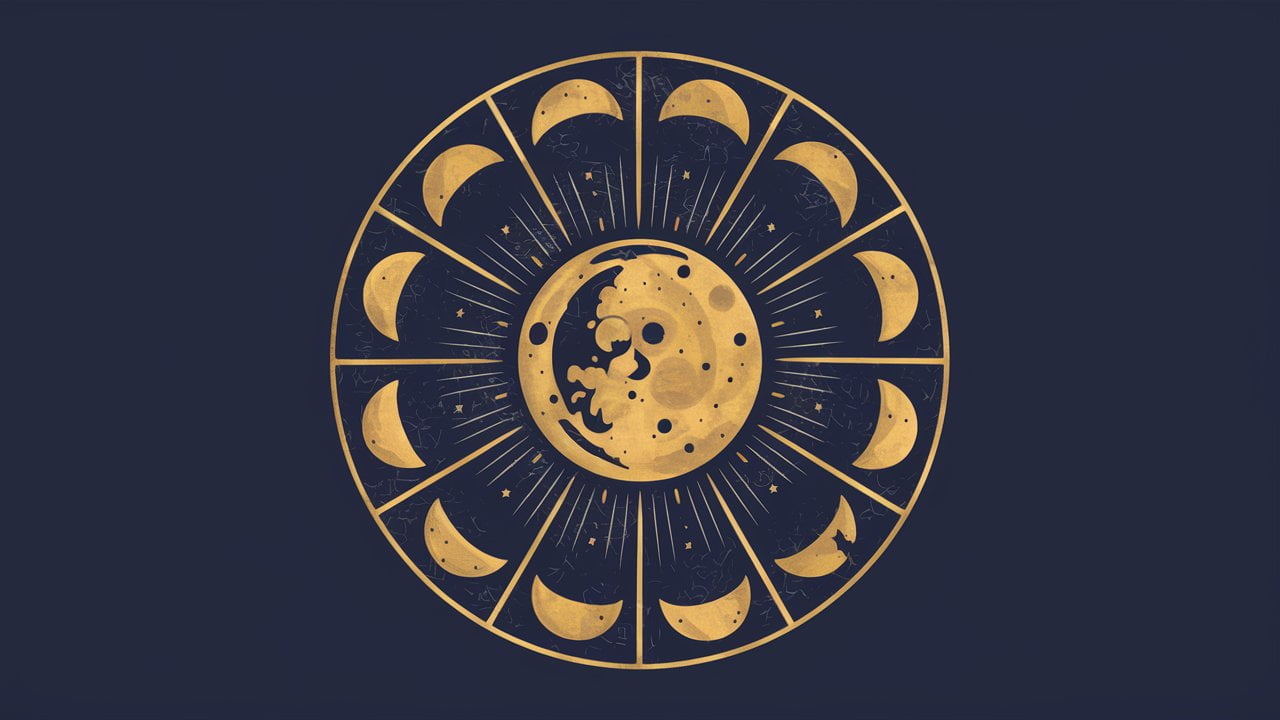
Algorithm Limitations
The moon phase calculator is a tool designed for convenience and planning rather than absolute precision. The algorithms used are not of the highest precision, and discrepancies of several minutes can occur. The focus is on providing a general guide for moon phases, especially useful for planning observational activities.
- Calculated times are in Terrestrial Dynamical Time (TDT or TT).
- The tool is not intended for applications requiring extreme precision.
- The algorithms have not been thoroughly tested against all possible scenarios.
Comparing with Naval Observatory Data
The calculator’s output has been spot-checked against the U.S. Naval Observatory data and is generally within a 2-minute accuracy range. However, users should be aware that the tool is not infallible and should consult authoritative sources for critical applications.
| Source | Accuracy Range |
|---|---|
| Moon Phase Calculator | Within 2 minutes |
| U.S. Naval Observatory | Exact |
Potential Errors and Corrections
Users should exercise caution when relying on the calculator for precise timekeeping. The difference between TDT and Coordinated Universal Time (UTC) can span several hours, especially when projecting many years into the past or future.
- Corrections to TDT and UTC are based on Jean Meeus’ astronomical algorithms.
- The tool has been updated for improved accuracy, thanks to contributions from the astronomical community.
While the calculator is a valuable resource, it is essential to acknowledge its limitations and the potential for errors. Users are encouraged to verify critical data with more precise tools or databases when necessary.
Conclusion
In summary, the Moon Phase Calculator is an invaluable tool for astronomers, hobbyists, and anyone interested in the lunar cycle. Whether you’re planning an observing session, curious about the moon’s appearance on a specific date, or seeking to discover the moon phase on the day you were born, this calculator provides detailed information with ease. With features that allow you to check the moon’s phase for any day, view its illumination percentage, and even track its position in the sky, the calculator is both comprehensive and user-friendly. While the data is carefully calculated, it’s important to note that the algorithms are not perfect, and discrepancies of a few minutes can occur. Nonetheless, for most practical purposes, the Moon Phase Calculator stands as a reliable and informative resource for moon enthusiasts around the world.
Frequently Asked Questions
What is a Moon Phase Calculator?
A Moon Phase Calculator is a tool that computes the various phases of the Moon, such as New Moon, First Quarter, Full Moon, and Last Quarter, for any given date. It also provides information on the Moon’s illumination percentage, age, and sometimes its position in the sky.
How can I find out the phase of the Moon for a specific date?
You can use a Moon Phase Calculator by inputting the desired date. The calculator will then display the phase of the Moon for that particular day along with additional details such as the Moon’s illumination and age.
Can I use a Moon Phase Calculator to plan my observing sessions?
Yes, Moon Phase Calculators often include features that allow you to compute the New and Full Moons for a given year, which can help you plan your astronomical observing sessions.
Is it possible to adjust the Moon Phase Calculator for different time zones?
Yes, most Moon Phase Calculators allow you to adjust the displayed information for different time zones to ensure accuracy depending on your location.
How accurate are Moon Phase Calculators?
While Moon Phase Calculators are generally accurate, the underlying algorithms are not exact, and actual moon phases could vary by several minutes. It’s recommended to compare the results with official sources like the U.S. Naval Observatory for critical applications.
Can I find out my birth Moon phase using a Moon Phase Calculator?
Yes, some Moon Phase Calculators offer the feature to find out the Moon phase on the date of your birth, which can have personal or astrological significance for some individuals.
